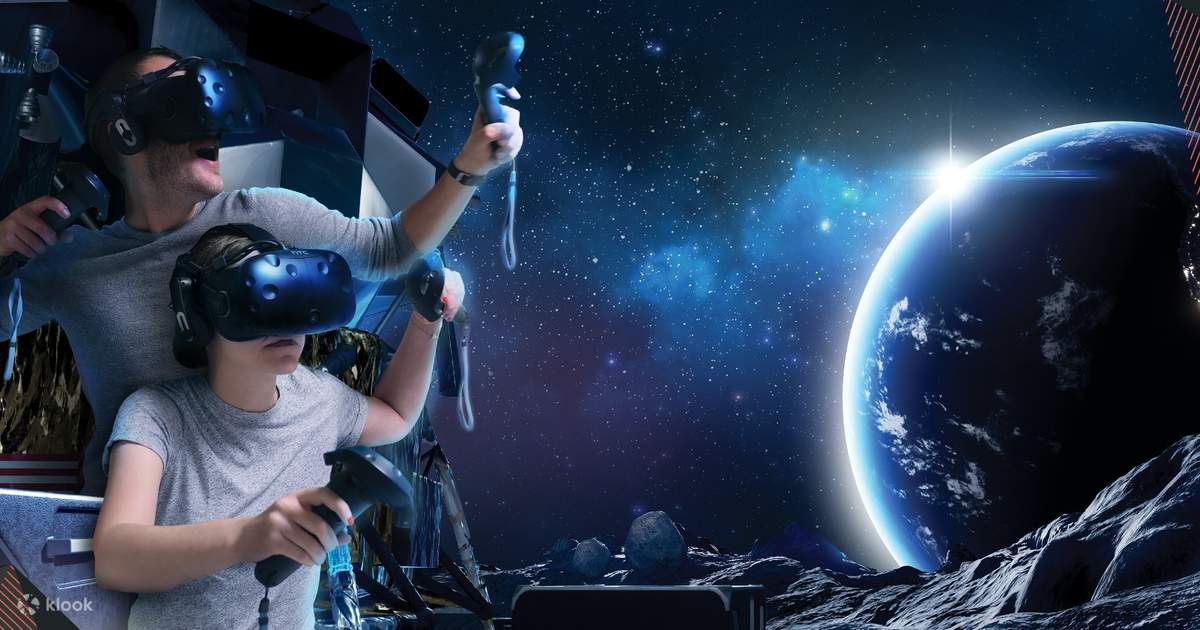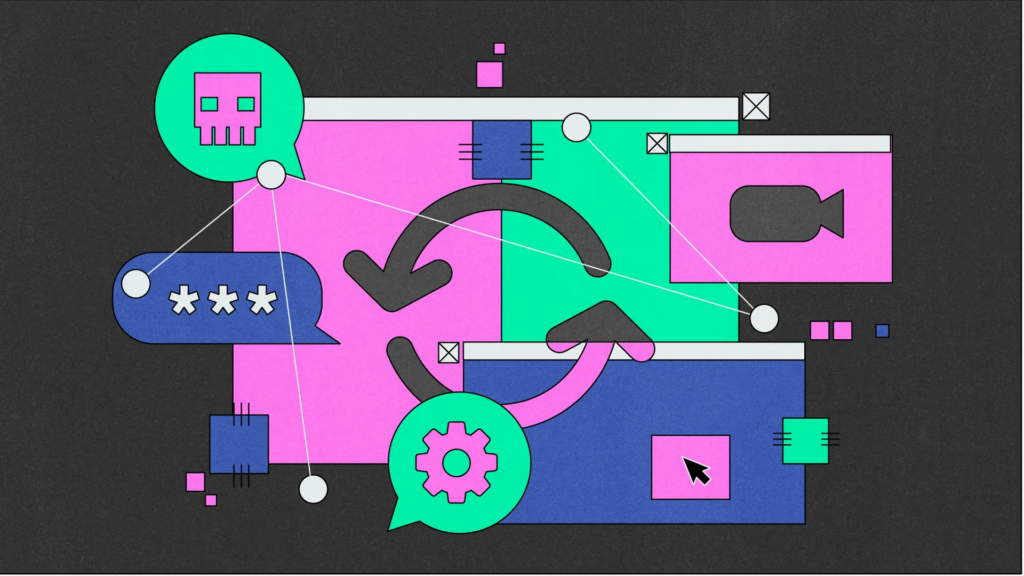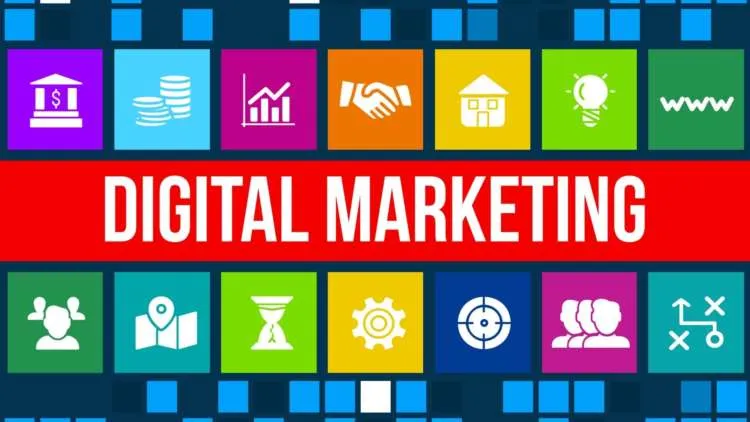Virtual reality (VR) is a technology that uses computer-generated simulations of three-dimensional environments to create a sense of presence and immersion for the user. With VR, users can interact with digital objects and experience environments as if they were actually there, even though they are wearing a headset and may be physically located in a completely different space.
The technology works by tracking the user’s movements and adjusting the visuals and sound in real-time to create the illusion of a seamless and realistic environment. VR can be used for a variety of purposes, such as gaming, education, training, and therapy. It is often considered a more immersive and engaging experience than traditional screen-based media.
Types of Virtual Reality
There are different types of virtual reality that can be categorized based on their level of immersion and the type of hardware and software used. Here are some of the most common types:
- Non-immersive VR: This type of VR involves viewing a 3D environment on a computer screen, without the use of a headset. It offers limited immersion and interactivity.
- Semi-immersive VR: This type of VR involves the use of large screens or projection systems to create a more immersive experience. Users may be able to interact with the environment using physical props or controllers.
- Fully immersive VR: This type of VR involves the use of a headset that completely blocks out the real world and replaces it with a virtual environment. Users can interact with the environment using hand controllers or body movements.
- Augmented reality (AR): AR involves overlaying virtual objects onto the real world, using a camera and screen or smart glasses. This type of VR is often used for educational or industrial purposes.
- Mixed reality (MR): MR combines elements of both VR and AR, allowing virtual objects to interact with the real world. This type of VR is often used for gaming and entertainment.
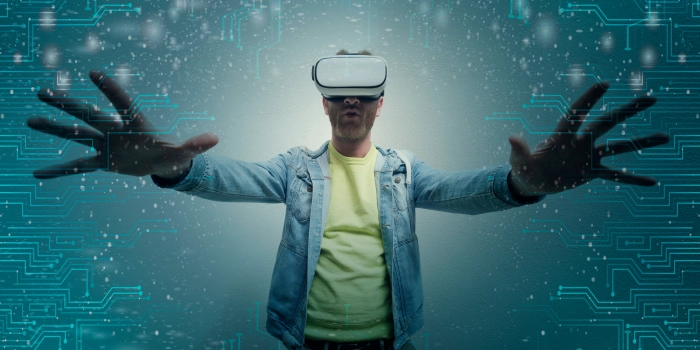
What is the Need for Virtual Reality?
Virtual reality (VR) has many potential applications across a wide range of fields, including entertainment, education, healthcare, engineering, architecture, and more. Here are some of the main needs that VR can fulfill:
- Enhanced immersive experiences: VR provides an unprecedented level of immersion and interactivity, allowing users to feel like they are physically present in a digital environment. This can enhance the overall experience in various industries, such as gaming, movies, and theme parks.
- Training and education: VR can simulate real-world scenarios and environments, making it an ideal tool for training and education. For example, surgeons can practice complex procedures in a virtual environment, while astronauts can train for space missions.
- Accessibility: VR can enable people to experience things that may not be possible in real life, such as visiting inaccessible locations or interacting
How Does Virtual Reality Technology Work?
Virtual reality (VR) technology uses a combination of hardware and software to create a computer-generated simulation of a 3D environment. Here are the main components and how they work together:
- Head-mounted display (HMD): The HMD is a device worn on the head that contains two small screens, one for each eye. These screens display the 3D virtual environment in stereoscopic 3D, providing a sense of depth and immersion.
- Positional tracking: To track the user’s movements in real-time, VR systems use sensors and cameras that are placed around the room or on the HMD itself. This allows the system to adjust the visuals and sound in real-time, based on the user’s movements.
- Controllers: To interact with the virtual environment, users typically use hand-held controllers that are tracked in the same way as the HMD. These controllers can provide haptic feedback, allowing users to feel like they are touching and manipulating virtual objects.
- Computer hardware and software: The computer hardware and software that powers VR systems must be powerful enough to render high-quality 3D graphics at a high frame rate, typically 90 frames per second or higher. This requires specialized graphics cards and processors.
- Content creation tools: To create virtual environments and experiences, developers use specialized software tools that allow them to design and program 3D models, animations, and interactive elements.
All of these components work together to create a seamless and immersive virtual experience for the user. As the user moves and interacts with the virtual environment, the system responds in real-time, providing a sense of presence and immersion.
Applications of Virtual Reality
Virtual reality (VR) has many potential applications across a wide range of fields. Here are some of the main applications of VR:
- Gaming and entertainment: VR offers a highly immersive and interactive gaming experience, allowing players to feel like they are inside the game world. It can also be used for other forms of entertainment, such as movies and theme park attractions.
- Education and training: VR can simulate real-world scenarios and environments, making it an ideal tool for training and education. For example, medical students can practice procedures in a virtual environment, while pilots can train for emergency situations.
- Healthcare: VR can be used for therapeutic purposes, such as treating anxiety disorders, PTSD, and phobias. It can also be used for pain management and physical rehabilitation.
- Engineering and architecture: VR can be used to visualize and test designs before construction, which can save time and money. It can also be used for product design and testing.
- Tourism and hospitality: VR can provide a virtual tour of a location, allowing potential visitors to experience the destination before they book their trip. It can also be used for hotel and real estate virtual tours.
- Military and defense: VR can be used for military training and simulation, allowing soldiers to practice tactical scenarios in a safe and controlled environment.
- Sports and fitness: VR can be used to provide immersive and interactive sports training and fitness experiences, allowing users to practice and train in a virtual environment.
These are just a few examples of the many applications of VR technology, and as the technology continues to evolve, new applications are likely to emerge.
Virtual Reality Examples
Here are some examples of virtual reality (VR) applications:
- Gaming: VR gaming has become increasingly popular in recent years, with many games now offering VR modes. Games like Beat Saber, Half-Life: Alyx, and Superhot VR provide immersive and interactive experiences for players.
- Education: VR can be used to enhance education by providing immersive simulations and interactive experiences. For example, Google Expeditions offers virtual field trips to locations around the world, while the VR Anatomy app allows students to explore the human body in 3D.
- Healthcare: VR can be used for pain management, physical therapy, and mental health treatment. For example, SnowWorld is a VR game that helps burn victims manage pain during wound care procedures, while Virtual Iraq and Afghanistan are VR simulations that help soldiers with PTSD.
- Architecture and engineering: VR can be used for design visualization and testing. For example, the IrisVR software allows architects to explore and review building designs in VR, while the Gravity Sketch app allows designers to create 3D models in VR.
- Travel and tourism: VR can be used to provide virtual tours of destinations around the world. For example, the VR Traveler app offers virtual tours of popular travel destinations like Paris, while the VR Gorilla app offers virtual safaris in Africa.
- Sports and fitness: VR can be used to provide immersive and interactive sports and fitness experiences. For example, the BoxVR game combines VR with exercise, providing a fun and challenging workout.
- Military and defense: VR can be used for military training and simulation. For example, the Virtual Battlespace 3 simulation software allows soldiers to practice tactical scenarios in a virtual environment.
These are just a few examples of the many ways in which VR technology is being used today. As the technology continues to evolve, new applications and use cases are likely to emerge.
Advantages and Disadvantages of VR
Virtual reality (VR) technology has many advantages and disadvantages, depending on the application and context. Here are some of the main advantages and disadvantages of VR:
Advantages:
- Immersive experience: VR provides a highly immersive and interactive experience, allowing users to feel like they are inside the virtual environment.
- Safe and controlled environment: VR can provide a safe and controlled environment for training and simulations, allowing users to practice dangerous or risky tasks without the risk of harm.
- Cost-effective: VR can be a cost-effective way to provide training and education, as it can eliminate the need for physical equipment and resources.
- Enhances learning: VR can enhance learning by providing visual and interactive simulations of complex concepts and processes.
- Accessible: VR can be used by people with physical disabilities, allowing them to experience activities and environments that they may not be able to access in real life.
Disadvantages:
- Expensive: VR technology can be expensive, particularly high-end VR systems that require powerful hardware and specialized software.
- Motion sickness: VR can cause motion sickness in some users, particularly when the VR experience involves rapid or unpredictable movement.
- Isolation: VR can be a solitary experience, which may not be suitable for all users.
- Limited social interaction: VR can limit social interaction, which may be an important aspect of certain activities and experiences.
- Technical issues: VR systems can be prone to technical issues and glitches, which can detract from the user experience.
These are just a few examples of the advantages and disadvantages of VR technology, and the specific advantages and disadvantages will depend on the application and context in which it is used.
What is the Difference Between VR and AR?
Virtual reality (VR) and augmented reality (AR) are both technologies that allow users to interact with digital environments, but they work in different ways and have different applications.
VR immerses the user in a completely digital environment, using a headset or other devices to create a virtual world that the user can interact with. The user’s real-world environment is completely blocked out, and they are fully immersed in the virtual environment.
AR, on the other hand, overlays digital information on top of the user’s real-world environment. This is typically done using a smartphone or tablet, or specialized AR glasses. AR enhances the real-world environment with additional digital information or objects, allowing the user to interact with both the real and digital worlds simultaneously.
In summary, the main differences between VR and AR are:
- Immersion: VR completely immerses the user in a digital environment, while AR overlays digital information on top of the real-world environment.
- Hardware: VR typically requires a specialized headset or other hardware to create the virtual environment, while AR can be accessed using a smartphone or tablet, or specialized glasses.
- Applications: VR is typically used for gaming, education, training, and simulations, while AR is often used for enhancing real-world experiences, such as shopping, navigation, and entertainment.
Both VR and AR have unique strengths and applications, and the choice of which technology to use will depend on the specific needs of the user and the application in question.
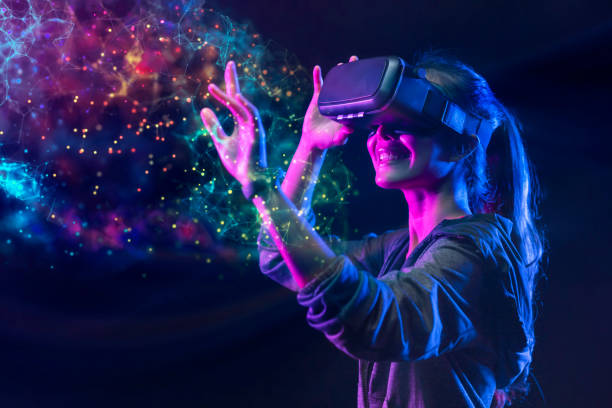
Future of Virtual Reality
The future of virtual reality (VR) technology is an exciting and rapidly evolving area. Here are some of the ways in which VR is likely to evolve and develop in the coming years:
- Improved hardware: As hardware technology improves, VR systems will become more powerful and more accessible. This will lead to higher-quality graphics, more realistic physics simulations, and more seamless experiences.
- Wireless VR: Current VR systems require tethering to a PC or console, but wireless VR technology is rapidly improving. This will lead to greater mobility and flexibility in VR experiences.
- Mixed reality: The lines between VR and augmented reality (AR) will continue to blur, with the development of mixed reality (MR) systems that combine elements of both technologies. This will allow for even more immersive and interactive experiences.
- Social VR: As VR becomes more accessible, social VR experiences will become more prevalent. This will allow people to interact with each other in virtual environments, creating new opportunities for socialization and collaboration.
- Medical and therapeutic applications: VR is already being used for medical and therapeutic applications, such as pain management and mental health treatment. As the technology improves, these applications will become more effective and more widespread.
- Commercial and industrial applications: VR will continue to be used for commercial and industrial applications, such as design visualization and training simulations. As the technology improves, these applications will become more effective and more accessible.
The future of VR is bright, with many exciting developments on the horizon. As the technology improves and becomes more accessible, the potential applications and benefits of VR will continue to expand.
Conclusion
Virtual reality (VR) technology has come a long way in recent years and has the potential to revolutionize many different industries, from gaming and entertainment to healthcare and education. VR provides an immersive and interactive experience that allows users to feel like they are inside a virtual environment, and it can be used to provide training, simulations, and other experiences that may be difficult or dangerous to access in real life. While there are still some limitations and challenges associated with VR technology, such as cost and technical issues, the future of VR looks bright, with many exciting developments on the horizon. As hardware technology improves and new applications are developed, the potential benefits of VR are only set to grow.
Also Read : AWS vs Azure vs Google Cloud: Choosing the Right Cloud Platform

